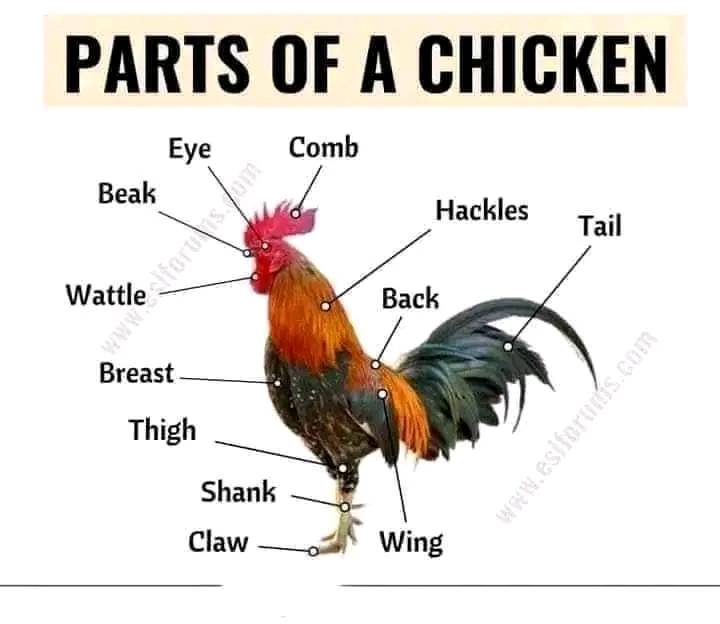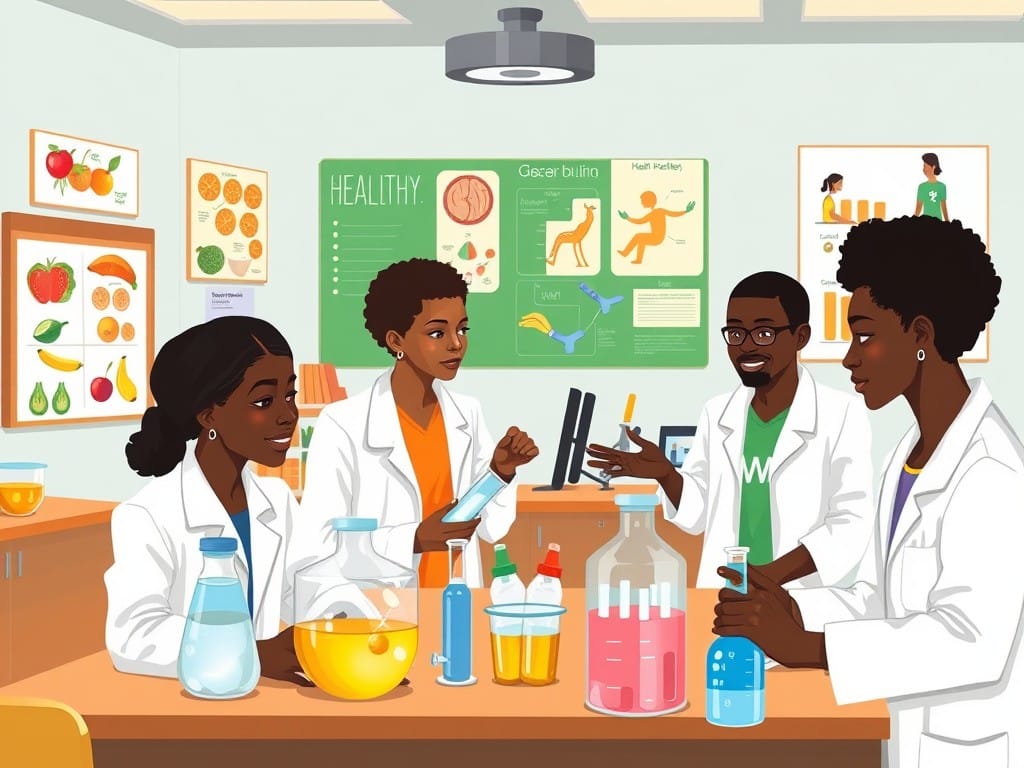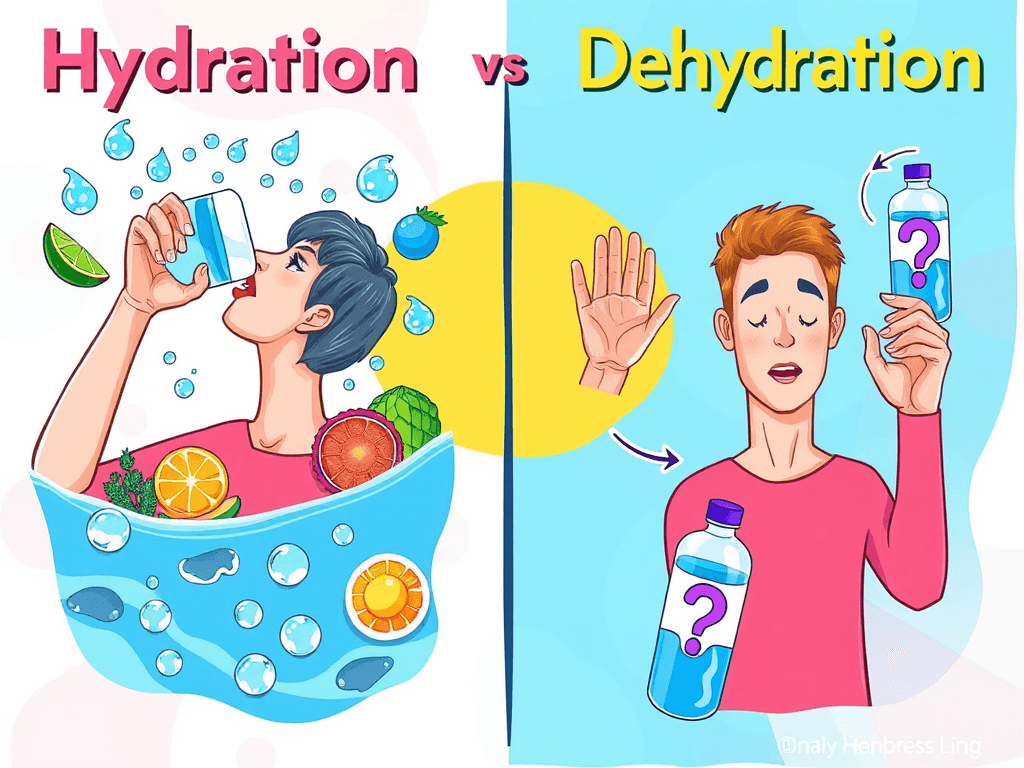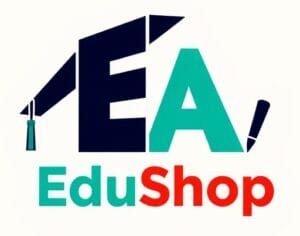Understanding Learning Areas for Early Years Education
In the realm of early years education, a well-structured curriculum is essential for fostering holistic child development. The following outlines key learning areas for pre-primary education, as indicated in the recent guidelines from the Kenya Institute of Curriculum Development (KICD).
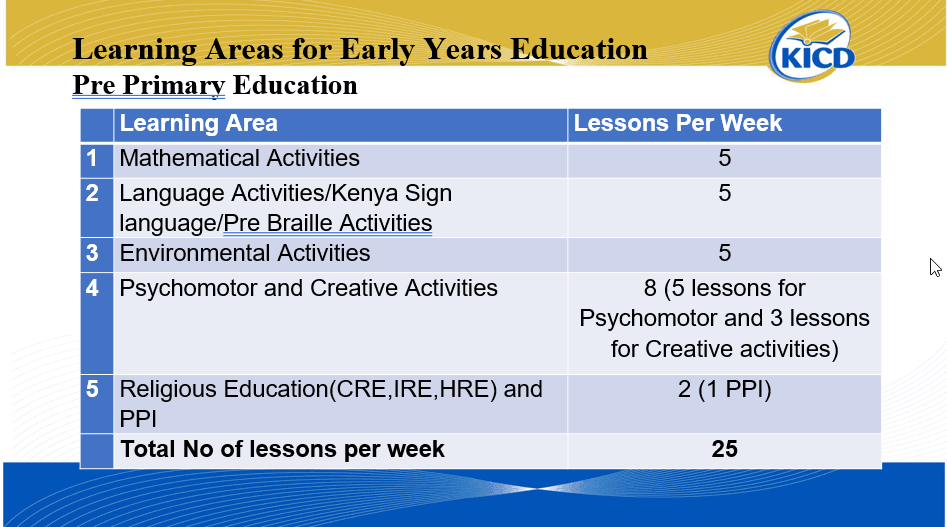
Key Learning Areas
- Mathematical Activities (5 lessons per week)
- A strong foundation in mathematics is crucial for young learners. Engaging activities help children develop essential numeracy skills through play and exploration.
- Language Activities (Kenya Sign Language / Pre-Braille Activities) (5 lessons per week)
- Language is a vital component of early education. This area includes the promotion of communication skills through Kenya Sign Language and foundational literacy in Pre-Braille, ensuring inclusivity for all learners.
- Environmental Activities (5 lessons per week)
- Environmental awareness is fostered through hands-on activities that encourage children to explore and understand their surroundings. This can include nature walks, gardening, and discussions about local ecosystems.
- Psychomotor and Creative Activities (8 lessons per week)
- This category is divided into 5 lessons focusing on psychomotor skills, which involve physical coordination and movement, and 3 lessons dedicated to creative activities that stimulate imagination through art, music, and drama.
- Religious Education (CRE, IRE, HRE) and PPI (2 lessons per week)
- Religious education promotes moral values and cultural understanding. This area encompasses various religious teachings and is crucial for nurturing ethical and socially responsible individuals.
Total Lessons per Week: 25
The structured approach to these learning areas ensures that children receive a balanced education that nurtures their cognitive, emotional, and social development. By incorporating a variety of activities, educators can cater to different learning styles and needs, ultimately preparing young learners for future academic success.
This curriculum reflects a commitment to creating an inclusive and comprehensive educational environment that supports the diverse needs of all children in Kenya.
Key Physical Changes in Girls During Adolescence: A Comprehensive Overview
Explore the five significant physical changes that occur in girls during adolescence, including hair…
Understanding Friction Reduction, Volume Measurement Tools, Mixture Separation Methods, and Health Promotion
Explore effective ways to reduce friction between surfaces, discover tools used for measuring volume…
The Ultimate Guide to Soccer and Volleyball Ball Sizes for Every Age Group
Choosing the Right Ball Size: Soccer and Volleyball for Different Age Groups When it comes…
Understanding Hydration and Dehydration: Key Differences and Importance
Hydration vs. Dehydration Hydration refers to the process of maintaining an adequate level of water.…
Understanding Laboratory Apparatus and Area Calculations
Match the following laboratory apparatus with their names. (4mks) A grade 7 student came across…

